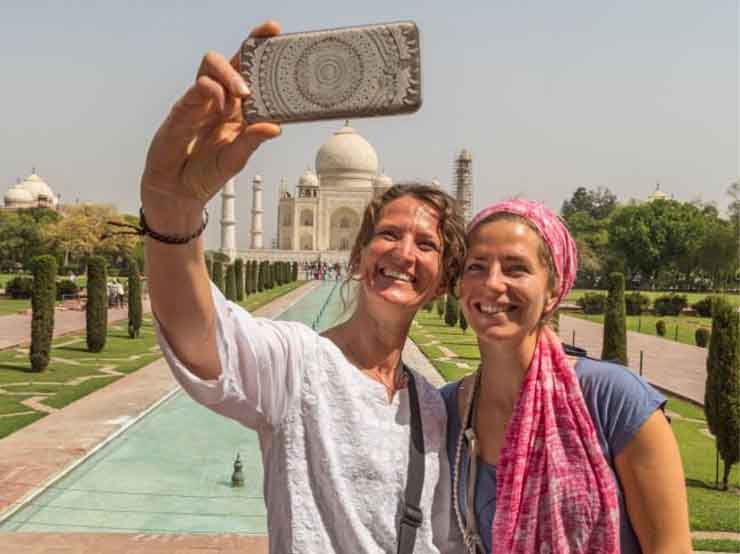The Taj Mahal, one of the Seven Wonders of the World, is a timeless symbol of love and architectural brilliance. Built in the 17th century by Mughal Emperor Shah Jahan for his wife Mumtaz Mahal, it draws millions of visitors each year. However, many people wonder how such an old monument remains so stunning despite pollution, weather, and crowds.
Preserving a Global Treasure
The Archaeological Survey of India (ASI) is responsible for maintaining and conserving the Taj Mahal. Their teams work year-round to protect the marble surfaces, gardens, and intricate carvings from damage.
For example, the famous “mud pack treatment” uses a clay paste called Multani Mitti (Fuller’s Earth). This paste gently removes yellow stains and pollution deposits from the marble. As a result, the monument’s natural shine is restored without causing any harm.
Fighting Pollution
Air pollution has been one of the greatest threats to the Taj Mahal. To combat this, the Indian government created the Taj Trapezium Zone (TTZ) — a 10,400-square-kilometer area around the monument. Moreover, strict rules limit pollution from factories and vehicles. Only electric or low-emission vehicles are allowed near the site.
Water pollution is another concern. The Yamuna River, which flows behind the Taj Mahal, is important for the monument’s foundation. Therefore, cleaning and restoration projects are underway to prevent structural damage caused by changes in moisture.
Security and Visitor Management
Protection also means safety. The Taj Mahal is monitored 24/7 with cameras and a dedicated police force. Visitors go through security checks, and items like food, drones, and tripods are restricted to prevent accidents.
Additionally, visitor limits and ticketing systems are carefully managed. This reduces crowding, protects the marble floors, and ensures a better experience for everyone.
Sustainable Tourism
Sustainability is key to preserving the Taj Mahal. For instance, solar-powered lighting, eco-friendly battery buses, and strict waste rules are part of the efforts. Furthermore, visitors are educated on respecting the site. As a result, these measures help keep the monument safe for future generations.
Visit the Taj Mahal
The Taj Mahal is more than a monument — it is a living piece of history. Therefore, its preservation depends on both experts and visitors.
If you want to see this iconic site, book your tickets online at Ticketstajmahal.com. Our platform makes planning easy and ensures a smooth visit while supporting responsible tourism.










Comment (0)